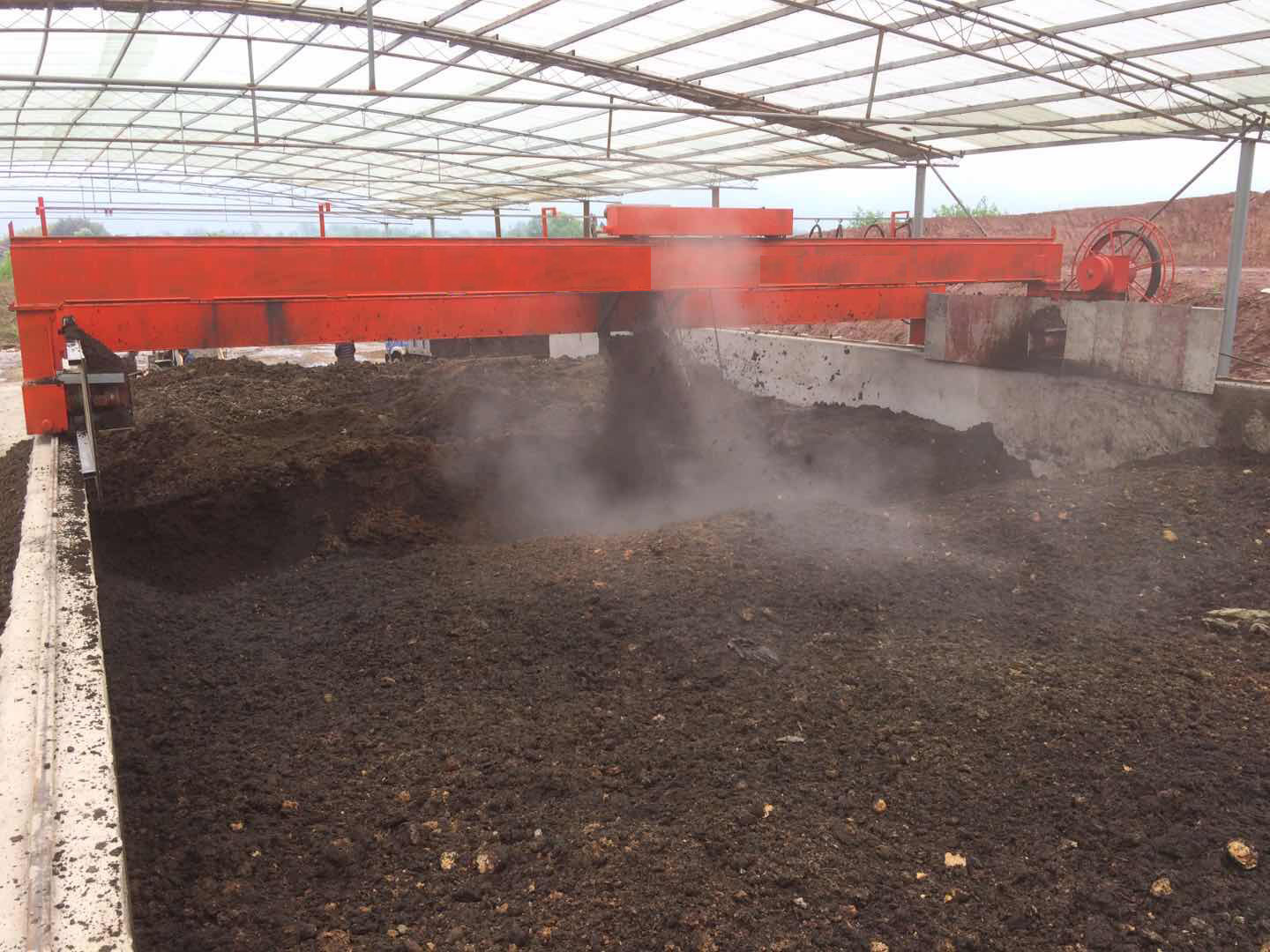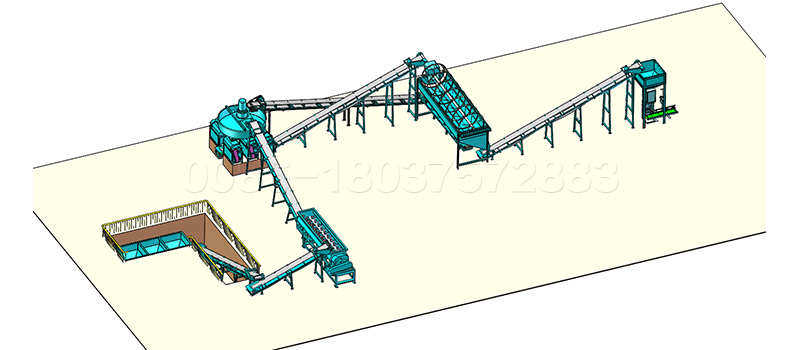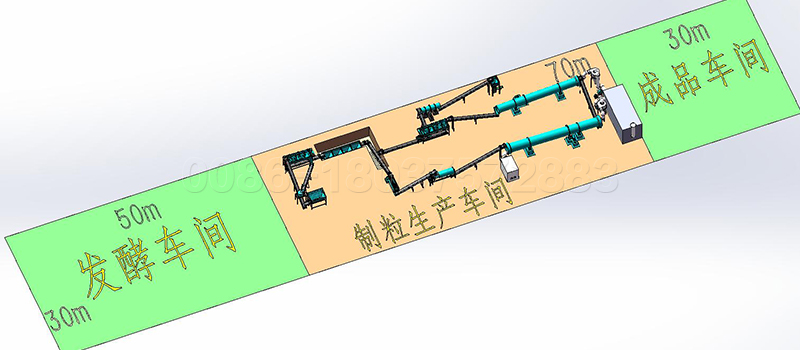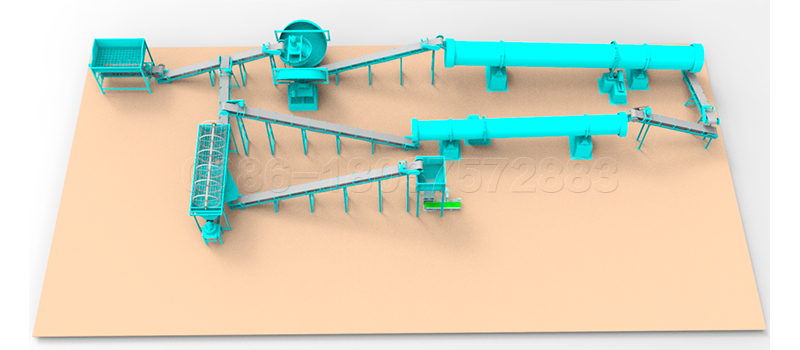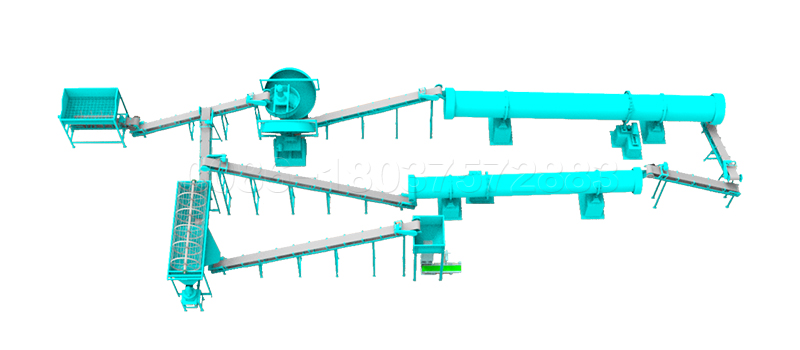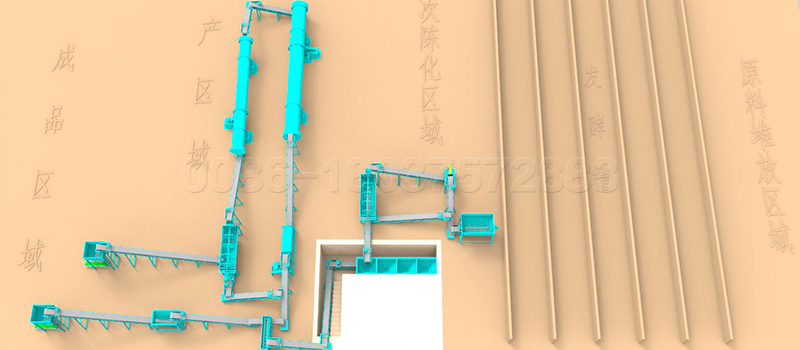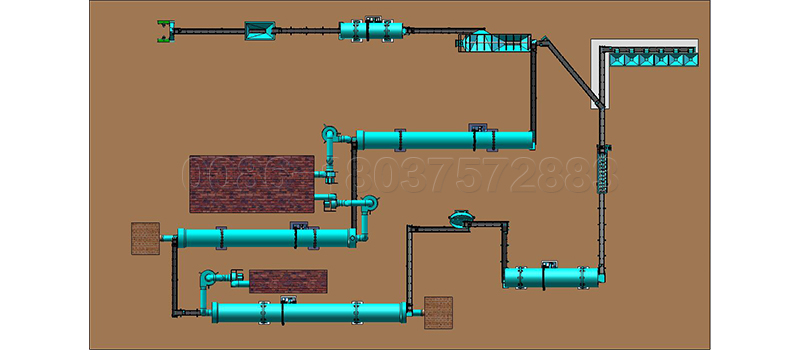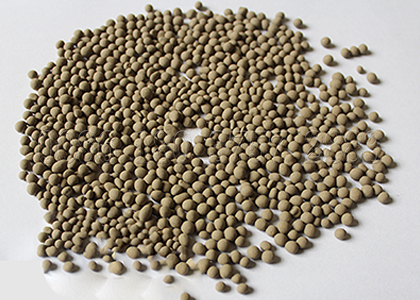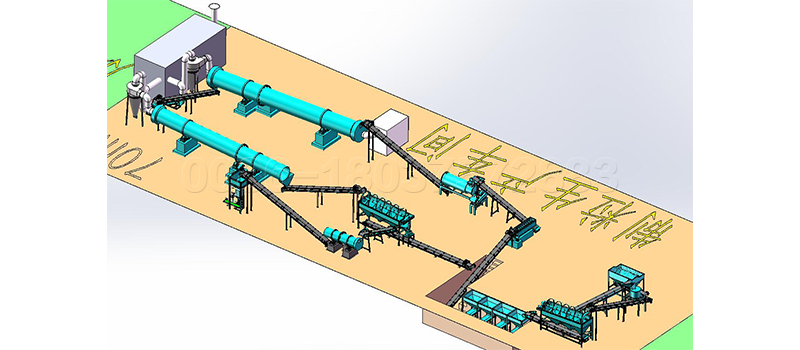Chemical fertilizer provides nutrients for continuous agricultural production, but the utilization rate of single chemical fertilizer is not high, and its extension ability to crops is limited. Large application is not conducive to crop growth.
NPK compound fertilizer production has become the main trend of chemical fertilizer. The granulation process of NPK fertilizer production line can make base fertilizer with different nutrients into multi-element compound fertilizer.
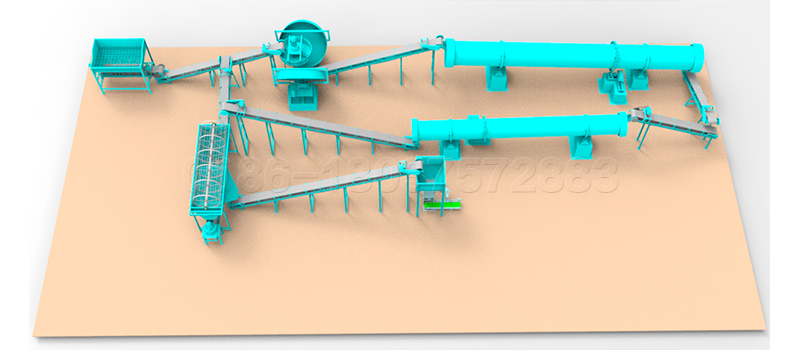
For a long time, the international chemical fertilizer industry has been dominated by unit chemical fertilizer. After the 1950s, due to the needs of agricultural development and the possibility of the development of chemical fertilizer industry, compound fertilizer began to develop and became a universal law of chemical fertilizer production and application.
Modern agriculture can apply fertilizer according to the diagnostic analysis of soil nutrients and the test results of large-scale chemical fertilizer under different production conditions such as different soil, different crops and different climate.
Moreover, modern agriculture needs mechanical fertilization instead of manual fertilization to improve fertilization efficiency and reduce fertilization cost. This requires the fertilizer industry to provide a variety of granular commercial fertilizers to meet the agricultural needs of different production conditions. To meet this requirements, you need a machine for fertilizer granules production.
Therefore, compound fertilizer has been developed. Fertilizer machine manufacturers provide fertilizer granulators that can make various fertilizers into commercial particles for the agricultural market.
According to the soil nutrient analysis data and fertilizer efficiency test results, chemical fertilizer plants should produce nitrogen, phosphorus and potassium fertilizer.
The main reference contents of NPK fertilizer production and processing include fertilizer varieties and specifications (mainly the proportion of nitrogen, phosphorus and potassium), application amount per unit area, fertilization timing and fertilization methods, etc. according to the existing nitrogen, phosphorus and potassium fertilizer production equipment, the fertilizer plant produces a variety of compound fertilizers that meet the local agricultural needs and sells them directly to farmers.
The NPK fertilizer production line provided by the fertilizer machine manufacturer can make the base fertilizer into special compound fertilizer suitable for different crops.
More detailed info on complete sets of machines to make npk compound fertilizer, welcome go to https://www.fertilizer-plants.com/compound-fertilizer-production-line/


